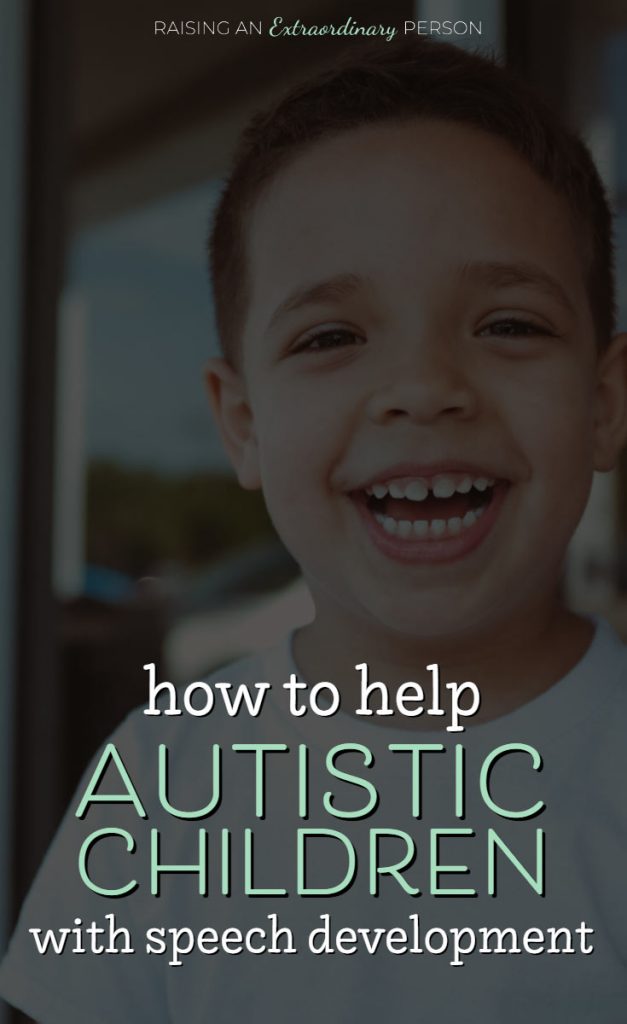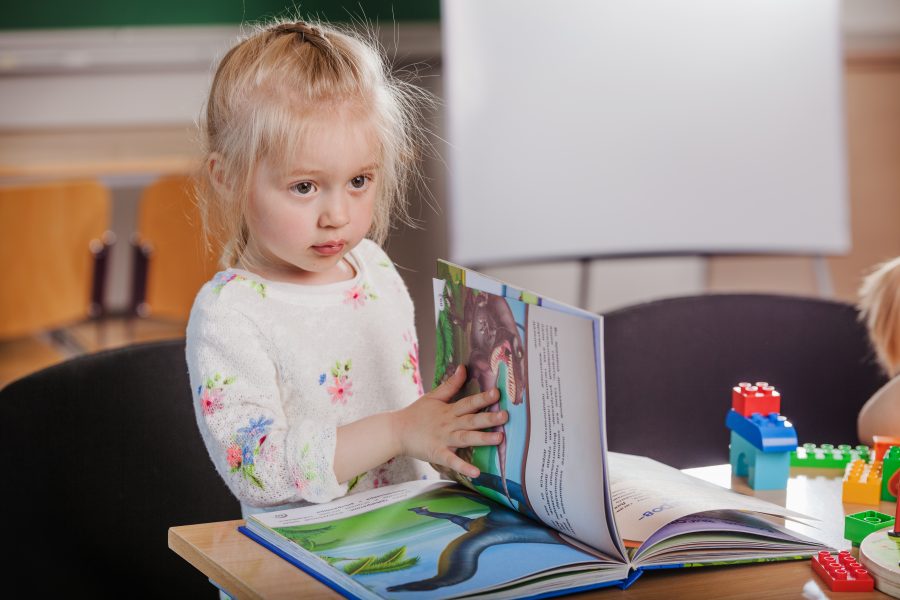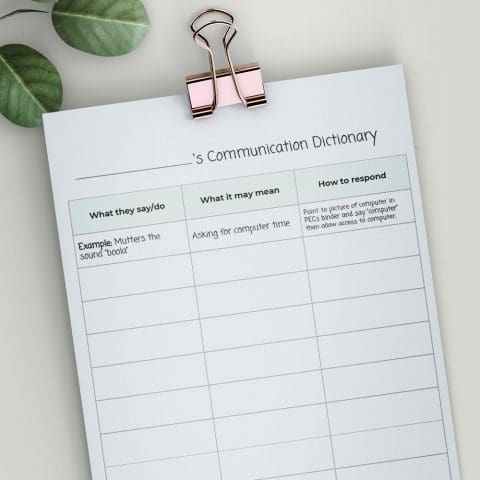Tips for Improving Speech in Autistic Children
What’s inside this article: Some tips to help improve speech in autistic children. This is part of a 7 part communication skill series for parents.
Disclaimer: This post contains affiliate links.
In autistic children, language skills can vary significantly from child to child. Kids may or may not develop “typical language”, but most do eventually develop some form of communication.
This post will provide you with valuable information that you can use to help improve your autistic child’s
This is the first step in helping your child learn conversation skills and social language.
This post is part of a 7 part series on techniques for improving communication skills. Each part of the series contains this table of contents so you can easily navigate to the other parts of the series.
Table of Contents:
- Learning to Listen & Oral Language Comprehension
- Developing Oral Language Expression
- Developing Social Language and Conversation Skills
- Milestones of Play & Targeting Skills Through Play
- Augmentative and Alternative Communication Tools
- Childhood Development: Language and Communication Milestones
- The Functions of Echolalia
Typical Speech Development
All children have the ability to learn
Learning is done through repetition and practice. Therefore, as kids experience repeated situations, such as mealtimes and play, they hear the language associated with those situations and eventually they learn to understand and express themselves in this language, too.
Young children look, listen, and talk to socialize, express needs, share ideas and feelings, and to have fun.
As they learn, they use listening and speaking to explore, comprehend, and communicate ideas and feelings from early childhood into adulthood.
The Importance of Oral Language
An individual’s use of listening and speaking in day-to-day living and learning is much greater than their use of, for example, reading and writing. (Source: James Britton, UCL)
Oral language is how we communicate with others in a wide range of social contexts such as playing, eating meals, shopping, school, recreational settings, etc. Language is all around us—in homes, in schools, in workplaces, and so on.
Listening and speaking support children’s development of thinking and reasoning, and their reading, writing, viewing and representing skills.
This is why it’s so important to provide extra support to improve speech for children with autism.
Autistic children often struggle with speech and communication – and because language is so intricately connected to reading, writing, listening and comprehension, building relationships, and virtually every other component of day-to-day life it’s critically important to do everything you can to help your child develop adaptive oral language skills.
Understanding Communicative Intent
Communicative intent is the “intended meaning of a verbalization, gesture, or behavior expressed by your child”. It’s not always what you take from the action or what you think it means – it’s what it means to your child.
This can be a really hard concept for some people to grasp.
Anyone involved in caring for your child also needs to have a thorough understanding of how your child communicates.
You should explain this in detail to others – such as teachers, or daycare staff, extended family, etc. because they may need to adjust their expectations of communication.
So as a parent, what do you do?
Tips to Improve Speech in Children With Autism
1. Accept all verbalizations & behavior as communication
If your child has limited speech, parents and caregivers should accept their verbal attempts, and behavior, as communicative and work on understanding the child’s intent rather than trying to make them “use their words”.
So if your child points at the cupboard and grunts, and you know that means they want juice, give them the juice and say “Oh, you want some juice, good job. Here is your juice”
2. Create a personalized dictionary
Does your child often get misunderstood at school or struggle to communicate their needs effectively?
Here’s something you can try to help other’s understand your child’s communicative intent:
- Create a personalized “Dictionary” of your child’s verbalizations, behaviors, and gestures to let other people know what your child means.
- Include any planned adult responses. For some children, it takes time to understand that different responses can have the same meaning, so it’s helpful that adults respond to your child with consistent language whenever possible. For example, they may not understand that “No problem” and “Your welcome” can have the same meaning.
Oral Language Expression
Even children who are verbal may have some difficulty learning and adding new words to their vocabulary.
Parents (and teachers) should teach new vocabulary words by using both visual supports and teaching the word in a variety of contexts to aid with generalization.
Kids who rely on pictorial representations (such as PECS) to communicate must learn that a drawing or representation has a name, that gesturing to or exchanging the picture has a positive result in some way (i.e., it can give direction or tell someone what to do).
Understanding this concept is essential if visual systems are to provide meaningful communication.
3. Pivotal Response Training
Pivotal Response Training (PRT) is a behavioral intervention based on the principles of Applied Behavioral Analysis (ABA) that teaches expressive language, play, and social skills in naturalistic contexts.
PRT attempts to increase spontaneous language and interaction by using toys and materials that are selected to be highly motivating.
The goal, along with increasing speech, is to develop joint attention, and increase responsiveness to learning opportunities, and improve the generalization of skills.
4. Teaching With Play
Children learn best through play-based activities and learning new language skills is no exception. Repetition of fun,
Spend time both playing matching games and looking at picture books/word books to introduce words while showing their meaning with visual supports.
Nursery rhymes, songs, chants, dances, etc are all great ways to expose young children to language in a repetitive, fun way that will facilitate learning.
5. Labeling
Label household items with their name, and with a picture. You can draw these yourself or create them with clip art and print.
When you’re talking to your child use short sentences and gestures. For example, point to the label and
6. Be Patient
It may take a while for your child’s vocabulary to grow. You may go over the same word using the same games and activities many, many times. Don’t worry, that’s normal.
In the meantime, focus on understanding your child’s intent with their current means of communication.
But, continue to r
For example, if your child says “Ba” and reaches towards a ball, pass them the ball and say “Ball”, but it’s okay if they can’t repeat it.
Children develop at their own pace.
The most important thing is to honor and balance their needs so that learning doesn’t become a struggle. While you want them to get ahead, you don’t want them to develop negative associations or undue stress with trying to do so.



